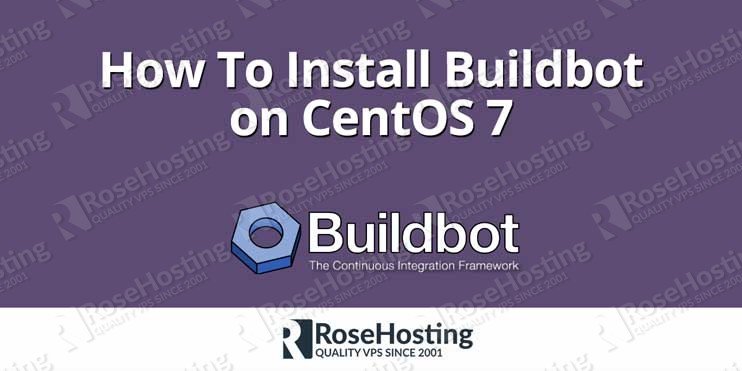Objects that are given by names and contain data used by at least one, usually multiple applications are called environment variables. Put simply, an environment variable is nothing more than a variable that has a name and a value.
Values of environment variable could be the default editor that will be used, for example, the location of all files that can be executed in the system or local settings for the system. Beginners of Linux will find this a little difficult but the environment variable is an excellent way of sharing the configuration settings between several applications and processes.
 Jeff Wilson
Jeff Wilson
Automate System Tasks Using Crontab on Ubuntu


How to Fix Broken Packages on Ubuntu 16.04 and Debian 9
Ubuntu and Debian both use packages to add to the system’s capabilities, allowing users to do more with their machines. …
How to install Jekyll on CentOS 7
Introduction
Jekyll is Ruby based, free and easy to use site generator, designed for creating static blogs, but it can be also used for creating all types of static websites as well, without using a database. Jekyll works by processing plain text files in Markdown and Textfile or Liquid templates and generating static website. This kind of websites have many advantages over the dynamic sites, such as security, speed and flexibility. Websites generated with Jekyll can be hosted on any type of web server or GitHub. In this tutorial we will cover the installation of Jekyll on a CentOS 7 VPS.
How To Install Buildbot on CentOS 7
Buildbot is a continuous integration tool based on Python which automates the build, test and release software cycles. It is built using the Twisted networking engine, supports parallel execution of jobs across multiple platforms and it is compatible with all major operating systems. The Buildbot installation can have one or more masters and number of workers. In this tutorial, we will show you how to install Buildbot master and worker on a CentOS VPS.
How to Fix 503 Service Unavailable Error in WordPress
In this tutorial we will show you how to fix 503 service unavailable error in WordPress, on a Linux based virtual private server. If you encountered 503 service unavailable error in WordPress follow the steps below to investigate it and fix the problem. The 503 service unavailable error has a lot of potential causes. To be able to fix the 503 service unavailable error in WordPress, you will have to identify the root cause of the problem. First, make sure that you have SSH or FTP access to the server, and you are able to modify the WordPress files. Connect to your Linux server and follow the instructions below.
How to Host a Website on a Shared Web Hosting Account
In this tutorial, we will show you how to host a website on a shared hosting account. Hosting a website on our shared hosting plans is a very easy task, and if you carefully follow all the instructions provided below, you should have your website up and running in less than 10 minutes. This tutorial has been written for and tested on Linux servers with DirectAdmin and cPanel.
How to Fix Secure Connection Error in WordPress
In this tutorial, we will explain the meaning of Secure Connection Error in WordPress and why it happens and then explain some of the methods on how to fix Secure Connection Error in WordPress. WordPress is one of the most popular content management systems, used by millions of users around of the world. If you are a WordPress user, you may have come across some kind of WordPress related error while working on your site. One of the many WordPress errors that you may encounter is the Unable to establish secure connection error. Repairing the Secure Connection Error in WordPress is fairly easy task if you carefully follow the steps bellow.





